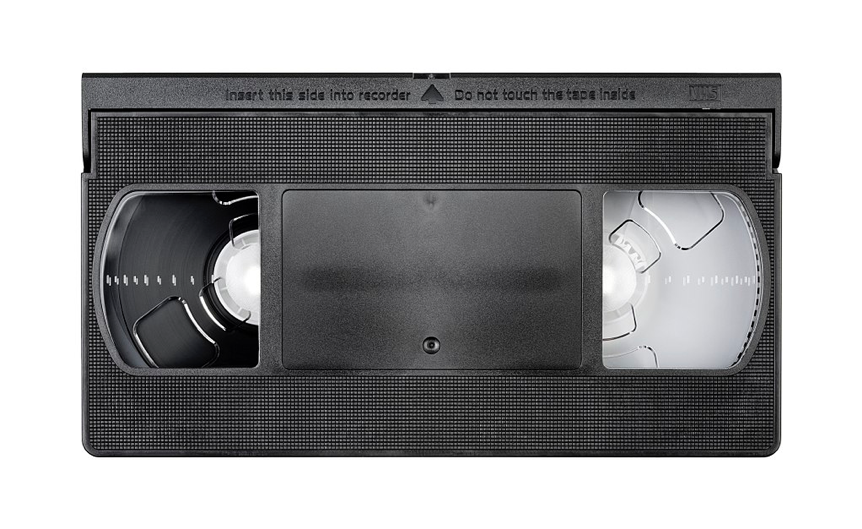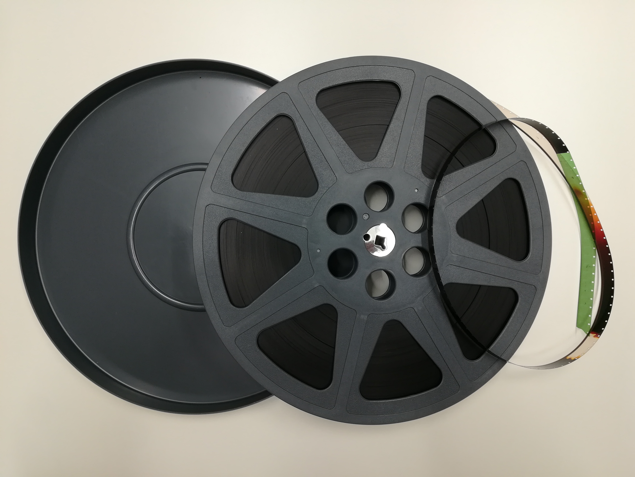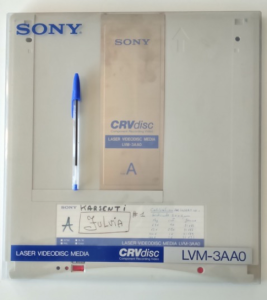If there is no record of it, did it really happen?
World Day for Audiovisual Heritage #WDAVH, #audiovisualheritage

Is there a sound from your childhood that just carries you back? For me, one of those is the opening credits of the Tintin animated show. That’s why I’m really grateful that I can click on a link and find it online and travel back in space and time pretty much at will.
As an archivist, though, I am acutely aware of the work that goes behind maintaining access to the world’s audiovisual heritage for future generations. Think about all those films, sound recordings, radio and TV programmes that are created everyday and capture unique records of activities, events and exchanges. But these exist in many formats, from wax cylinders to Super 8 films, .mp3 files or VHS tapes, and require specific hardware (such as VCRs, projectors, etc…) or software (like MPlayer, QuickTime media player) that can render the recordings.
In the course of its activities, and in particular its training activities undertaken by the EMBL Course and Conference Office, some audiovisual material might be created, most likely recordings of talks. This is a great way to create a trace of the meeting that can complement abstract books in an engaging format. It then also makes it easy to share these recordings and help disseminate knowledge further when some of these are made available for all to see through various channels, such at the EMBL YouTube “Keynotes @ EMBL” playlist. Even if you weren’t at the event, you can join in long after they have ended.
Nowadays, these videos are likely born-digital, straight into a format that you can watch on your laptop. But in earlier times, this is what you might have created:

Or even, earlier, this:

Luckily, when such things end up with me in the EMBL Archive, I can contact my colleagues in the EMBL Photolab, our in-house AV department to create digital files of these. They have the equipment that helps migrate the contents of these films into digital formats.
But whether these are born-digital or migrated, they all need to be preserved to ensure ongoing access to them. Because indeed, nothing is ever preserved – it is only ever being preserved.
Unfortunately, though, it happens that things are lost… With these discs, I have not been so fortunate and the video content contained on this CRVdisc could not be retrieved.

So, next time you are at a conference, and there’s a film crew, or when you are being interviewed on the radio – think about these traces you are leaving behind, that will traverse time so that future generations can look at your work and hear your voice in new formats, on machines we can’t yet fathom, and through these, make a connection with you as an individual presenter.
Links:
EMBL Archive: www.embl.org/archive
UN World Day for Audiovisual Heritage: https://www.un.org/en/events/audiovisualday/